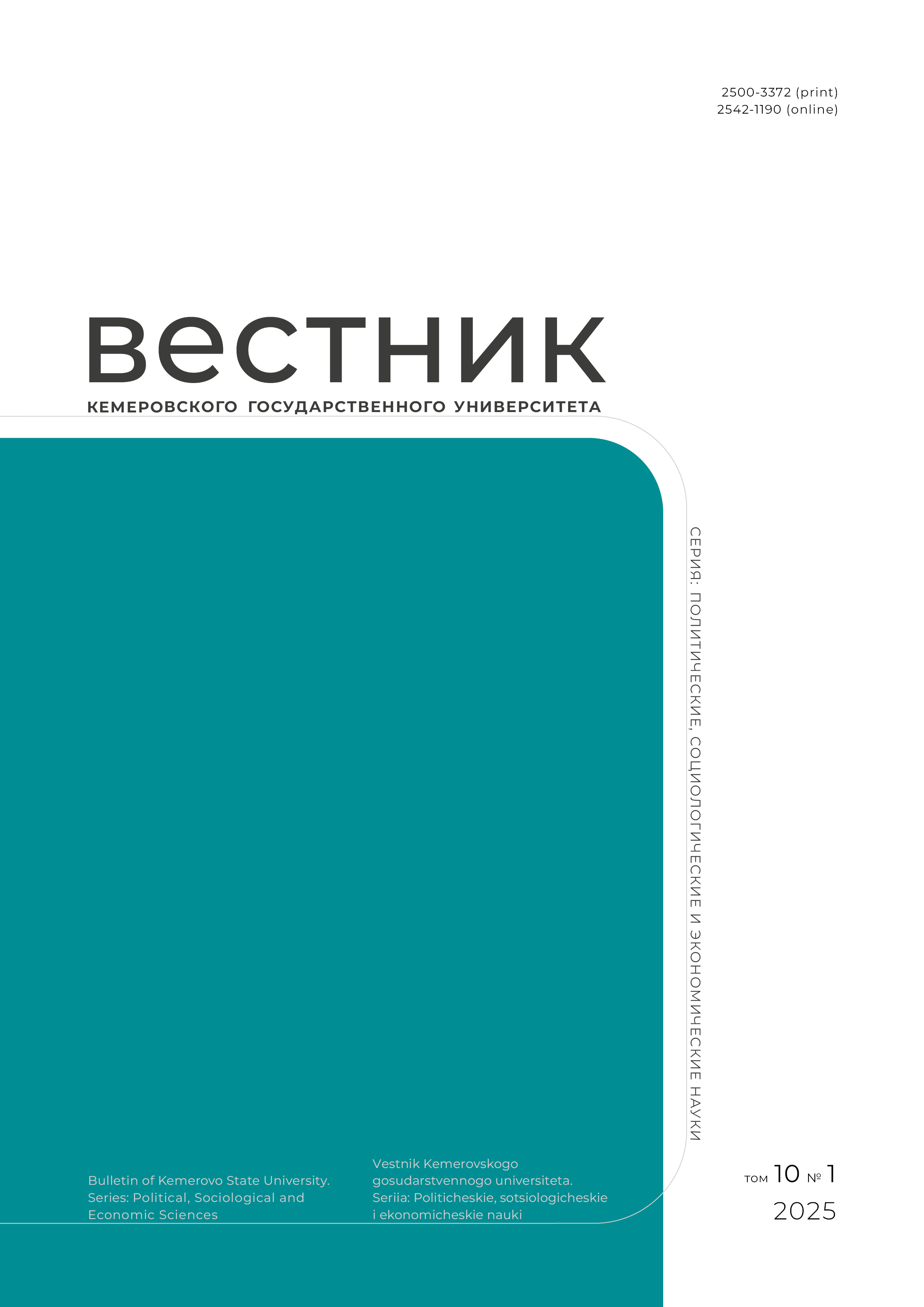Doneck, Ukraine
Doneck, Ukraine
The present research features the topical problems of innovative activity motivation of the personnel of higher educational institutions to determine various ways to increase innovation activity. The authors analyzed the categories of motivation and innovation potentials, i.e. their characteristics and importance for the implementation and introduction of innovations in the sphere of highly intellectual teaching. The paper describes some specific methods that could increase the innovative activity motivation in higher education institutions, e.g. economic methods of motivation, the method of management by objectives, the method of participative management, and the method of job enrichment. These methods of motivation allow the management of higher educational institutions to stimulate their employees to raise the level of their innovative-active behavior and to maximize the realization of the innovative potential of employees in order to achieve the goals of the organization and personal goals.
labor stimulation, innovative potential, higher educational institutions, motivational methods, innovation-active behavior, job enrichment, participative management, management by objectives
1. Zenich N. Iu. Analysis of innovative activity of St. Petersburg schools. Izvestia: Herzen University Journal of Humanities & Sciences, 2009, (105): 87-90. (In Russ.)
2. Bondarenko Iu. V. Role of employee incentive and its assessment within an enterprise innovation activity. Regional'naia ekonomika: teoriia i praktika, 2014, (23): 22-29. (In Russ.)
3. Pervakova E. E. Methods of non-financial motivation of innovation activity. Creative economy, 2014, (4): 42-51. (In Russ.)
4. P'iankova N. G. To the question of the motivation of innovation activity. Vestnik Kostromskogo gosudarstvennogo universiteta im N. A. Nekrasova. Seriia: Pedagogika. Psikhologiia. Sotsialnaia rabota. Iuvenologiia. Sotsiokinetika, 2007, 13(3): 135-138. (In Russ.)
5. Rubtsov N. M. Features of motivation of the personnel in innovative activities. Scientific Idea, 2017, (2): 9-15. (In Russ.)
6. Il'in A. S. Motivation of the teacher to innovate: ersatz or reality. Nauchnoe obespechenie sistemy povysheniia kvalifikatsii kadrov, 2012, (2): 69-74. (In Russ.)
7. Iakusheva L. M. Innovative activity motivation of the higher school teachers. Nauchno-tekhnicheskie vedomosti Sankt-Peterburgskogo politekhnicheskogo universiteta. Gumanitarnye i obshchestvennye nauki, 2011, (1): 163-167. (In Russ.)
8. Lobanova T. N. Activating the working habits of citizens by motivation potential. Actual problems of economics and law, 2015, (1): 54-60. (In Russ.)
9. Kravchenko S. I., Kladchenko I. S. Investigation of the essence of innovation potential. Nauchnye trudy Donetskogo natsional'nogo tekhnicheskogo universiteta. Seriia: ekonomicheskaia, 2003, (68): 88-96. (In Russ.)
10. Travin V. V., Diatlov V. A. Stuff management of the enterprise. Moscow: Delo, 2003, 272. (In Russ.)
11. Ilyenkov D. A. Management by objectives: pros and cons. Economics and innovations management, 2015, (2): 90-94. (In Russ.)
12. Morozova M. I., Gontareva G. A. Participatory control of innovative development of an educational institution. Vestnik Leningradskogo gosudarstvennogo universiteta im. A. S. Pushkina, 2011, 3(4): 95-102. (In Russ.)

















